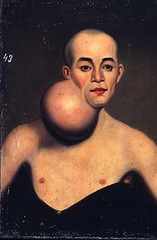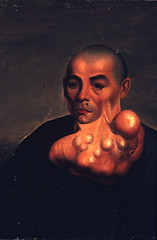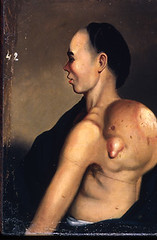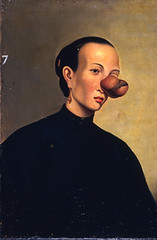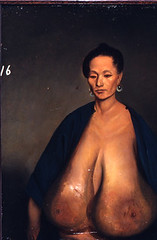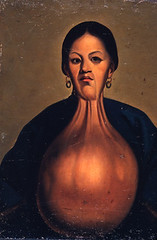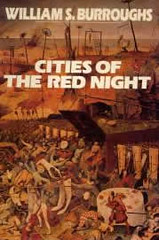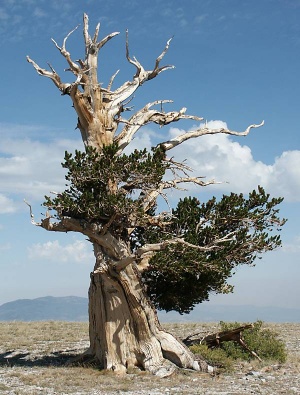It is time for Icon of erotic art #31
Truck Babies (1999) by Patricia Piccinini
Truck Babies (1999) by Patricia Piccinini presents a pair of infant trucks. It is Icon of Erotic Art #31.
“The Truck Babies are infantile not miniature; they have big cheeks and fat bottoms, little wheels and lovely big eyes. They are what I imagined to be the offspring of the big trucks that I saw on the road. I examined the relationship between babies and fully-grown animals and people and applied these developmental changes backwards to the trucks.” [1]
The eroticism of this work is not obvious, but derives from the fact that most procreation is derived from the sexual act. It is my basic tenet that the sexual act is not necessarily “natural“, my favorite quote in this regard is from Leonardo da Vinci:
- “The art of procreation and the members employed therein are so repulsive that if it were not for the beauty of the faces and the adornments of the actors and the pent-up impulse, nature would lose the human species.”
A quote that also comes to mind is one by Susan Sontag:
- “Human sexuality is, quite apart from Christian repressions, a highly questionable phenomenon, and belongs, at least potentially, among the extreme rather than the ordinary experiences of humanity. Tamed as it may be, sexuality remains one of the demonic forces in human consciousness – pushing us at intervals close to taboo and dangerous desires, which range from the impulse to commit sudden arbitrary violence upon another person to the voluptuous yearning for the extinction of one’s consciousness, for death itself.” –Susan Sontag in the The Pornographic Imagination
The sexual act requires humans to gain intimacy to body parts which are “naturally” abhorred by humans, body parts which involve excrementation for example.
The sex drive, to which near all human animals fall prey, has often propelled us to engage in the sexual act with non-human animals. I surmise that the depictions of human-animal hybrids featured in bestiaries so popular in the Middle Ages (only second in popularity to the Bible), is derived from the fear that human-animal copulation would result in offspring.
It is within the context of these bestiaries that the work of Piccinini should be viewed. The uncanniness of Truck Babies is derived from a fear of ascribing animal qualities to machines, machines having become the nearest equivalent to domestic animals in the post-industrial age.
Truck Babies also provides me with an opportunity to announce the death of American science fiction writer Thomas M. Disch (1940 – 2008), author of Camp Concentration, The Brave Little Toaster and 334. The oblique link between Truck Babies and Disch is the anthropomorphism evident in Truck Babies and The Brave Little Toaster.


